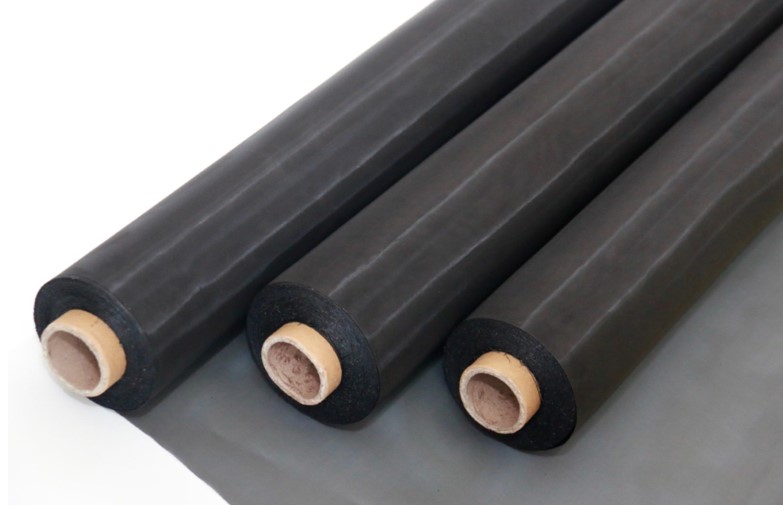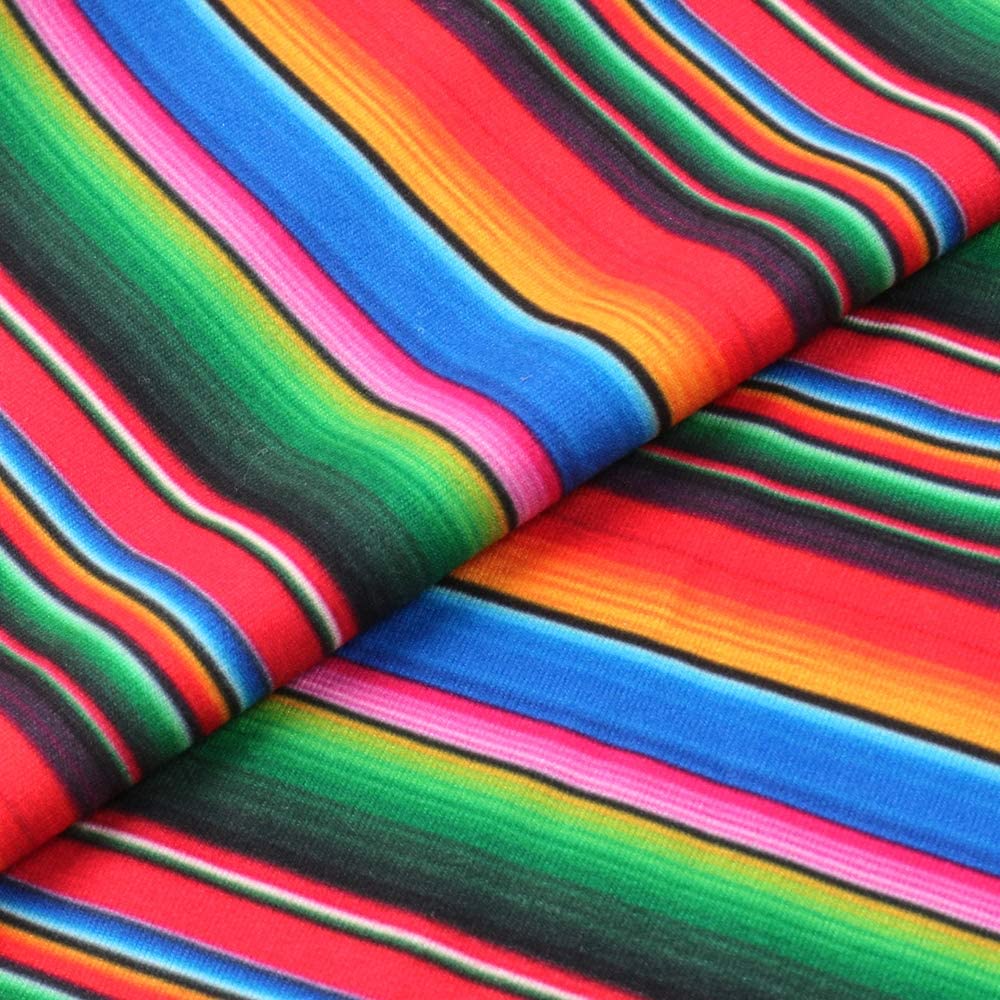Polyester Screen Printing Mesh
Max width 370CM white or yellow color polyester Screen Printing Mesh for Textiles
| Introduction: SRING SDW 10T-180T Polyester Textile Screen Printing mesh – The professional use screen printing mesh is produced with high quality yarn which imported from Japan or made in china (Jintong) with Sulzer Ruti weaving machine P7100. SPRING WSD is the best screen printing mesh for the textile stencil, as its printing application is almost unlimited – is suitable for printing any substrate. SPRING WSD provide you all screen printing mesh size. Application: Costume screen printing: T-shirt screen printing, Fashion screen printing, Sportswear screen printing, Swimwear screen printing, etc. Luggage, Shoes and Hats screen printing: Computer Bag screen printing, Handbags screen printing, Shopping bags screen printing, Luggage screen printing, Wallets screen printing, composite packaging materials screen printing, Canvas Shoes screen printing, hat/cap screen printing, etc. Home Textiles screen printing: Scarves screen printing, Pillow screen printing, Tablecloths screen printing, Sleeping Bags screen printing, Bedclothes screen printing, Curtains screen printing, Seat screen printing, etc. Advertising Gifts screen printing: Mouse Pad screen printing, Textile Slippers screen printing, Coasters screen printing, Bar Cushion screen printing, Paintings screen printing, Flags screen printing, Umbrella screen printing, etc. Outdoor products screen printing: Tents screen printing, Beach Chairs screen printing, Sun Shade screen printing, etc. |
 |
Specification:
| Type | Mesh/CM | Mesh/inch | Wire Dia.(um) | Mesh Opening(um) | Open Area (%) |
Thickness (um) |
|---|---|---|---|---|---|---|
| DPP7/350 | 7 | 18 | 350 | 1080 | 57 | 640 |
| DPP8/300 | 8 | 20 | 300 | 950 | 58 | 550 |
| DPP10/250 | 10 | 25 | 250 | 700 | 49 | 480 |
| DPP12/250 | 12 | 30 | 250 | 583 | 49 | 450 |
| DPP16/200 | 16 | 40 | 200 | 425 | 46 | 400 |
| DPP20/100 | 20 | 50 | 100 | 400 | 64 | 200 |
| DPP20/120 | 20 | 50 | 120 | 380 | 58 | 230 |
| DPP20/150 | 20 | 50 | 150 | 350 | 49 | 280 |
| DPP24/100 | 24 | 60 | 100 | 317 | 58 | 190 |
| DPP24/120 | 24 | 60 | 120 | 297 | 51 | 240 |
| DPP29/120 | 29 | 76 | 120 | 213 | 41 | 240 |
| DPP32/80 | 32 | 80 | 80 | 232 | 55 | 140 |
| DPP32/100 | 32 | 80 | 100 | 213 | 46 | 200 |
| DPP34/100 | 34 | 86 | 100 | 194 | 44 | 221 |
| DPP36/80 | 36 | 90 | 80 | 198 | 51 | 156 |
| DPP36/100 | 36 | 90 | 100 | 178 | 41 | 216 |
| DPP39/55 | 39 | 99 | 55 | 201 | 62 | 100 |
| DPP40/80 | 40 | 100 | 80 | 170 | 46 | 150 |
| DPP43/80 | 43 | 110 | 80 | 153 | 43 | 130 |
| DPP47/55 | 47 | 120 | 55 | 158 | 55 | 105 |
| DPP47/71 | 47 | 120 | 71 | 142 | 44 | 135 |
| DPP53/55 | 53 | 135 | 55 | 134 | 50 | 105 |
| DPP53/64 | 53 | 135 | 64 | 125 | 44 | 120 |
| DPP59/55 | 59 | 150 | 55 | 114 | 46 | 105 |
| DPP59/64 | 59 | 150 | 64 | 105 | 39 | 120 |
| DPP61/55 | 61 | 155 | 55 | 109 | 44 | 110 |
| DPP62/64 | 62 | 155 | 64 | 100 | 37 | 115 |
| DPP64/55 | 64 | 163 | 55 | 101 | 42 | 105 |
| DPP64/64 | 64 | 163 | 64 | 92 | 35 | 120 |
| DPP68/55 | 68 | 173 | 55 | 92 | 39 | 107 |
| DPP68/64 | 68 | 173 | 64 | 83 | 32 | 130 |
| DPP72/48 | 72 | 183 | 48 | 94 | 46 | 80 |
| DPP72/55 | 72 | 183 | 55 | 84 | 37 | 100 |
| DPP77/55 | 77 | 195 | 55 | 75 | 33 | 105 |
| DPP80/48 | 80 | 200 | 48 | 77 | 38 | 92 |
| PP90/45 | 90 | 230 | 45 | 72 | 42 | 70 |
| DPP90/48 | 90 | 230 | 48 | 66 | 35 | 85 |
| DPP100/40 | 100 | 250 | 40 | 61 | 37 | 70 |
| DPP110/40 | 110 | 280 | 40 | 52 | 33 | 85 |
| DPP120/34 | 120 | 300 | 34 | 48 | 32 | 55 |
| DPP120/40 | 120 | 300 | 40 | 42 | 26 | 68 |
| DPP140/34 | 140 | 350 | 34 | 37 | 24 | 58 |
| DPP150/31 | 150 | 380 | 31 | 34 | 26 | 46 |
| DPP165/31 | 165 | 420 | 31 | 30 | 24 | 60 |
| DPP180/27 | 180 | 460 | 27 | 29 | 27 | 54 |
How to Choose the Right Screen Mesh Count:
Different mesh count is used for different applications in the screen printing process. Mesh count is calculated under how many holes on the mesh each per inch, usually we use T represent the holes quantity per centimeter. For example: 305mesh has 305 holes per inch, with 120 holes per centimeter. The higher the mesh count, the finer the threads and there are more holes. The size of the mesh is related with how detailed your image is and how thick the ink you are using is. If you want to print an image with extremely high detail, the fine mesh (high count mesh) is good choice. And if you are using a thicker ink, the low count mesh is better choice. The follosing is the general outline of what sizes to use for certain types of printing.
For the 110mesh (43T) is great for block text letters and larger spot color designs. For white falsj plates we suggest this size too, as you will only have to make one print impression for many times to save production time. For 156mesh (61T) as the finer mesh can offer you some higher detail ability in your image but it also lays down a little thicker layer of screen printing ink. Lower mesh counts such as 40mesh-86mesh are used for shimmer and glitter inks. 200mesh and 230mesh are used for finer detailed images and thinner inks. These mesh sizes can hold larger half tone dots but are not recommended for four color process prints or fine detail half tone printing. For graphic and solvent based silk screening inks that are much thinner should be used with these mesh sizes. For soft feel on the shirt can print use these higher count mesh which less ink trough the screens. 305mesh is used for extremely high detail textile printing and fine halftone four color process and simulated process prints. Fine half tone dots need high fine detail mesh in order to hold and expose on. Higher meshes such as 355mesh, 380mesh, and 420mesh are used mainly for graphic printing with UV inks. UV inks are extremely thin and many times are used for high detail printing on signs, banners, or CD’s. Using a higher mesh allows the automatic printers used in UV printing to regulate the amount of ink passed through the screen.
Why Choose Yellow Mesh:
We recommend that you chose a yellow mesh if you are choosing a mesh count of over 155. Died (yellow) mesh exposes much better than white mesh in the higher counts because it blocks light conductivity through the threads. White mesh is more cost effective and works just as well on lower mesh counts. We do however offer both white and yellow mesh in a variety of different sizes.
Features & advantages:
100% monofilament Polyester mesh yarn imported from Japan or Jintong in China Warping machine imported from Germany Sulzer Ruti weaving machine High tension and low elongation Stable Tension Efficient production Best price, High quality & Excellent service White, Yellow colors (the other colors can be customized) Maximum Width: 3730MM
Packages:
- Rolled on paper tube or fold up
- Label card
- Put into plastic bag
- Put into carton box
- Sailcloth outside the carton






















